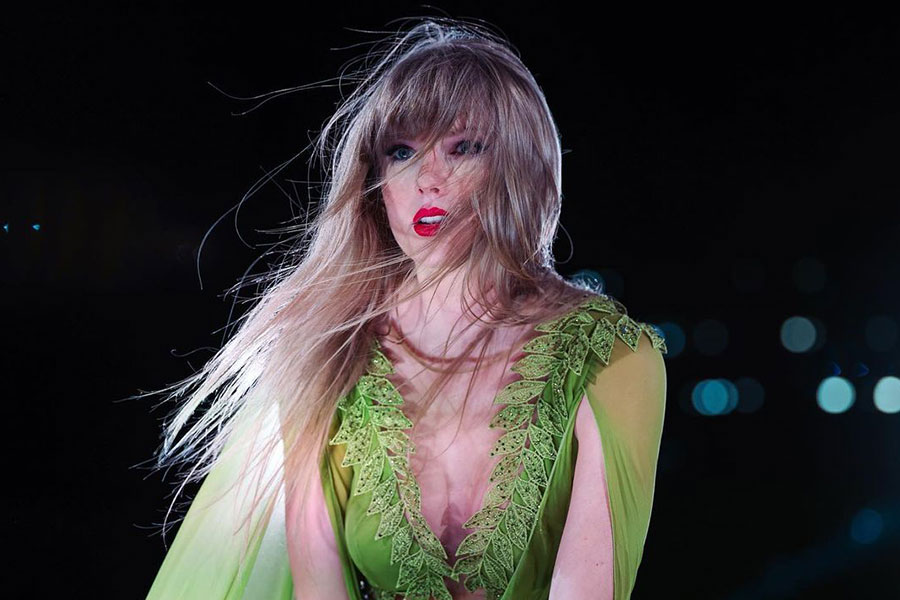Fake, sexually explicit images of Taylor Swift likely generated by artificial intelligence spread rapidly across social media platforms this week, disturbing fans who saw them and reigniting calls from law-makers to protect women and crack down on the platforms and technology that spread such images.
One image shared by a user on X, formerly Twitter, was viewed 47 million times before the account was suspended on Thursday. X suspended several accounts that posted the faked images of Swift, but the images were shared on other social media platforms and continued to spread despite those companies’ efforts to remove them.
While X said it was working to remove the images, fans of the pop superstar flooded the platform in protest. They posted related keywords, along with the sentence “Protect Taylor Swift”, in an effort to drown out the explicit images and make them more difficult to find.
Reality Defender, a cybersecurity company focused on detecting AI, determined with 90 per cent confidence that the images were created using a diffusion model, an AI-driven technology accessible through more than 100,000 apps and publicly available models, said Ben Colman, the company’s co-founder and chief executive.
Researchers now fear that deepfakes are becoming a powerful disinformation force, enabling everyday internet users to create nonconsensual nude images or embarrassing portrayals of political candidates. Artificial intelligence was used to create fake robocalls of President Biden during the New Hampshire primary, and Swift was featured this month in deepfake ads hawking cookware.
“It’s always been a dark undercurrent of the internet, nonconsensual pornography of various sorts,” said Oren Etzioni, a computer science professor at the University of Washington who works on deepfake detection. “Now it’s a new strain of it that’s particularly noxious.”
“We are going to see a tsunami of these AI-generated explicit images. The people who generated this see this as a success,” Etzioni said.
X said it had a zero-tolerance policy toward the content. “Our teams are actively removing all identified images and taking appropriate actions against the accounts responsible for posting them,” a representative said in a statement. “We’re closely monitoring the situation to ensure that any further violations are immediately addressed, and the content is removed.”
X has seen an increase in problematic content including harassment, disinformation and hate speech since Elon Musk bought the service in 2022. He has loosened the website’s content rules and fired, laid off or accepted the resignations of staff members who worked to remove such content. The platform also reinstated accounts that had been previously banned for violating rules.
Although many of the companies that produce generative AI tools ban their users from creating explicit imagery, people find ways to break the rules. “It’s an arms race, and it seems that whenever somebody comes up with a guardrail, someone else figures out how to jailbreak,” Etzioni said.
The images originated in a channel on the messaging app Telegram that is dedicated to producing such images, according to 404 Media, a technology news site. But, the deepfakes garnered broad attention after being posted on X and other social media services, where they spread rapidly.
Some states have restricted pornographic and political deepfakes. But the restrictions have not had a strong impact, and there are no federal regulations of such deepfakes, Colman said. Platforms have tried to address deepfakes by asking users to report them, but that method has not worked, he added. By the time they are flagged, millions of users have already seen them. “The toothpaste is already out of the tube,” he said.
New York Times News Service











